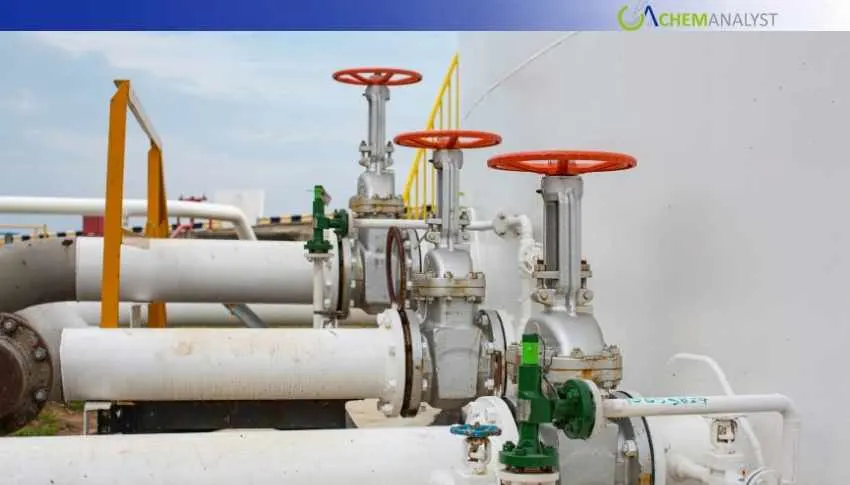Welcome To ChemAnalyst

During early August, U.S. natural gas prices seesawed between weather-induced rallies and storage-induced headwinds. Colder forecasts in the East reduced demand expectations, while warmer conditions elsewhere fueled short-covering gains. Spot prices increased at some hubs but were still held back by bottlenecks. High production and sufficient storage capped upside pressure, leaving traders awaiting weather updates and weekly storage reports for cues.
During the first few days of August, the U.S. natural gas market wrestled with a bearish storage estimate tug-of-war against fits of weather-related buying. Futures trading indicated a reserved tone as market players balanced cooler weather outlooks in some areas against hotter spells predicted in others. The general natural gas market sentiment was bullish in the short term, alternating between downside pressure resulting from robust output and brief rallies inspired by changing weather models and spot market advances.
The week started with producers probing a key support following cooler updates cut expected natural gas demand in the eastern United States. Revisions to forecasts lopped off a large percentage of cooling degree days, tempering expectations for power sector consumption. Though high-pressure systems were poised to drive temperatures into the high summer range for much of the country, more moderate trends in the northernmost parts limited the potential for sustained natural gas demand spike.
Natural Gas spot prices reacted unevenly. Some hubs in the Northeast and Texas experienced significant gains due to regional constraints and increased consumption, but chronic regional bottlenecks held back some benchmarks. The physical market's mixed response was reflective of the natural gas futures market's reluctance to firmly commit in either direction.
Projections for ample storage by the end of the season continued to weigh on bullish natural gas sentiment. Though media attention to the hurricane season was intensified, no short-term supply disruptions were realized. Firm domestic production, which was at multi-year levels, otherwise supported the view of an adequately supplied market. Frontrunners anticipated subsequent releases of storage data as critical — a tighter-than-average injection might otherwise have underpinned bullish support, but overall greater cushion in inventory still restrained upside aspirations.
Globally, European storage volumes followed slightly behind their five-year averages, but not sufficiently to induce major U.S. LNG export pressure changes. Domestic LNG feedgas use, though, was interrupted in late July by maintenance at a Gulf Coast plant, briefly easing pipeline deliveries to Mexico before stabilizing.
By mid-week, short-covering action, along with warmer weather predictions for the central and eastern United States, assisted in moving natural gas futures out of early-day lows. Models were indicating heightened air-conditioning usage up to mid-August, and this helped stimulate a modest rebound. Market participants warned, however, that much of the advance was technical covering and not fresh speculative buying.
In the future, near-term bias remained guarded. Convincing the break above major resistance would have indicated more bullish momentum, but strong production, full storage, and the possibility of revised cooler weather threatened to top gains. Market participants continued to watch for new weather runs and weekly storage reports for guidance, knowing that with no major natural gas supply disruption or demand shock, early August's natural gas rallies risked disappearing as fast as they showed up.
We use cookies to deliver the best possible experience on our website. To learn more, visit our Privacy Policy. By continuing to use this site or by closing this box, you consent to our use of cookies. More info.
